Table of contents
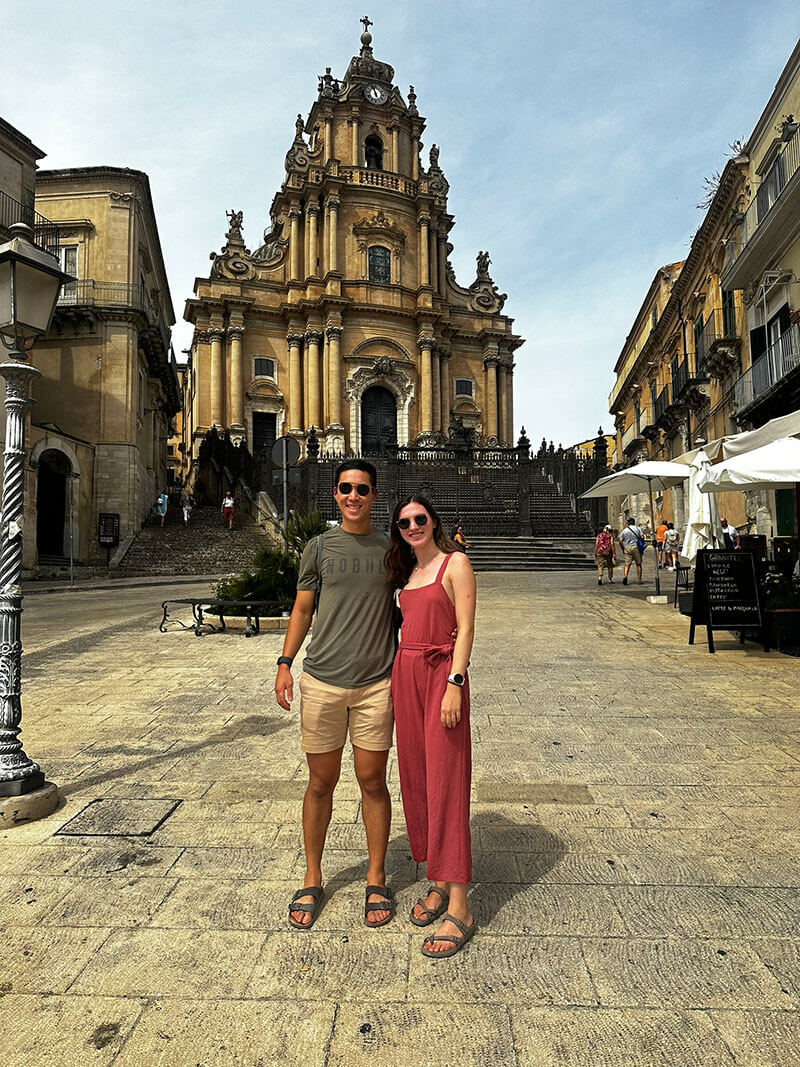
Similar to Ragusa, Modica is a city split in half as well – this time, between the lower and the upper sections of the city. Modica Alta (the upper city), was the first part of the city inhabited, with early settlers avoiding the river that flooded through the lower section of the valley. Over time, the rivers were concreted over, and expansion in the lower part of the city began. Still today, the two are connected by series of steps throughout the city. Modica, claimed to be founded by Hercules, is known today as the Sicilian capital of chocolate, and is a well-trodden stop across the Sicilian tourist trail.
Begin your excursion in Modica Basso along Corso Umberto, a lively street teeming with restaurants, boutiques, chocolate shops, and spend some time admiring the atmosphere and décor of the surrounding buildings. Exploring this street could take hours – there are tons of souvenir shops and boutiques with potential treasures to be found.
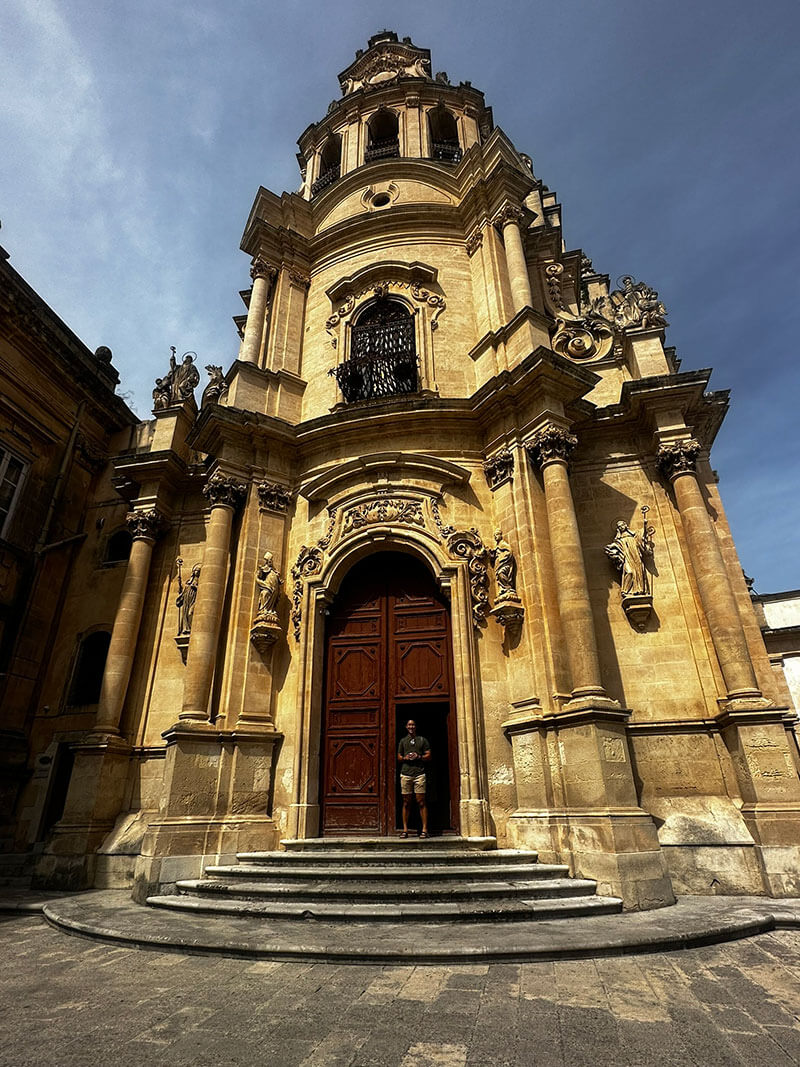
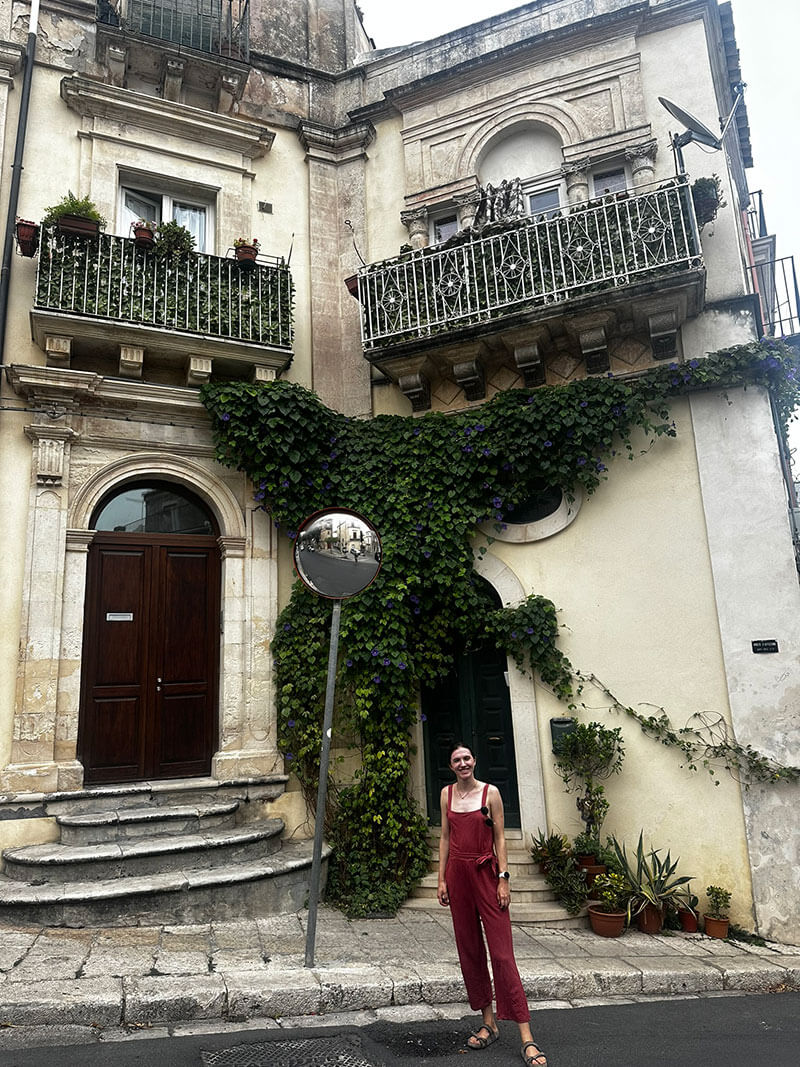
Museo Civico
Next, stop into the Museo Civico, a free museum that provides a brief history of the city that you can keep in mind throughout your wanders – the statues of Hercules and Jupiter along with preserved Greek vases are worth a sight.
The Duomo di San Giorgio shouldn’t be missed while in Modica – this was my favorite stop of the city. Another masterpiece by Garibaldi, the architect we let met in Ragusa, it’s a domed Sicilian Baroque church with free entry and a bell tower for two euro. This Duomo hosts a superb view of the city that can’t be seen from the streets below.
Depending on how much you want to climb (Modica is steep!) or if you want to take public transportation to get to Modica Alta (the bus 470 departing from Umberto 1 will take you from Alta to Basso), this is a good time to explore the upper portion of the city, as the Duomo is generally thought of as the barrier between the upper and lower potions of the city.
Churches
Like any good Sicilian city, there are a number of churches worth a stop in upper Modica, including the Chiesa di San Giovanni Evangelista, the Chiesa di San Giuseppe, and the Chiesa di S. Teodoro. For a break from the stairs before arriving at Chiesa di San Giovanni Evangelista, stop into the Belvedere Pizzo, for some awesome views of the city and Modica Basso.
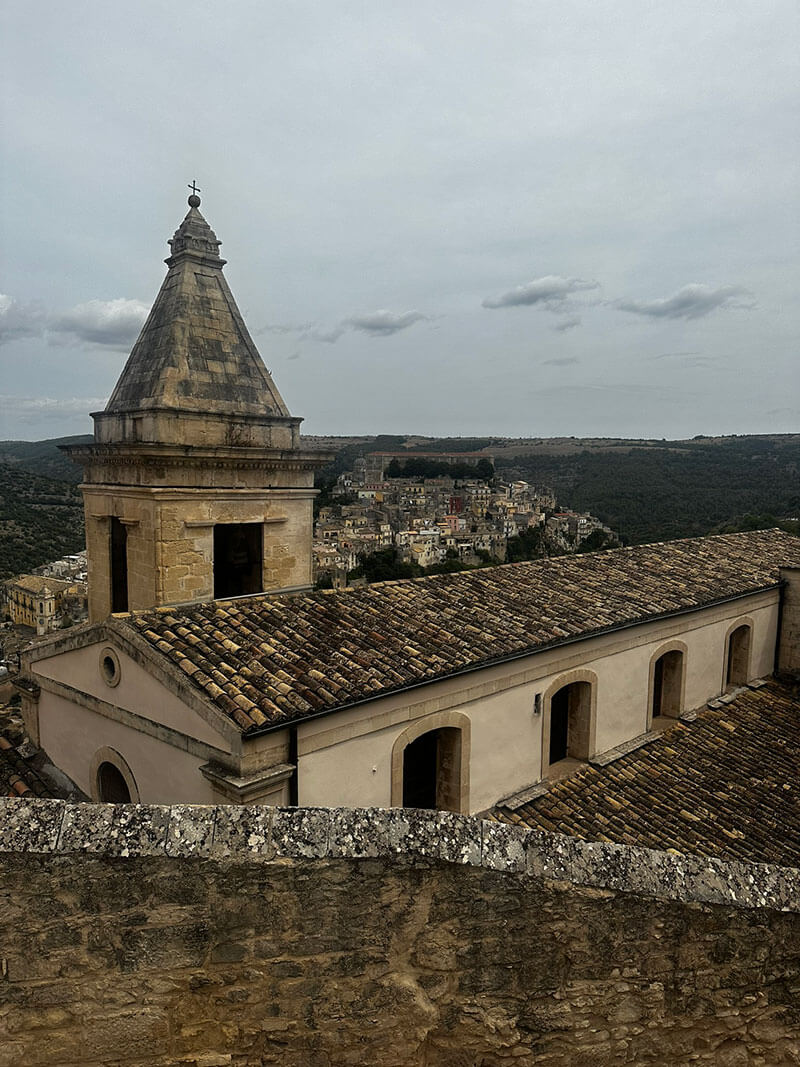
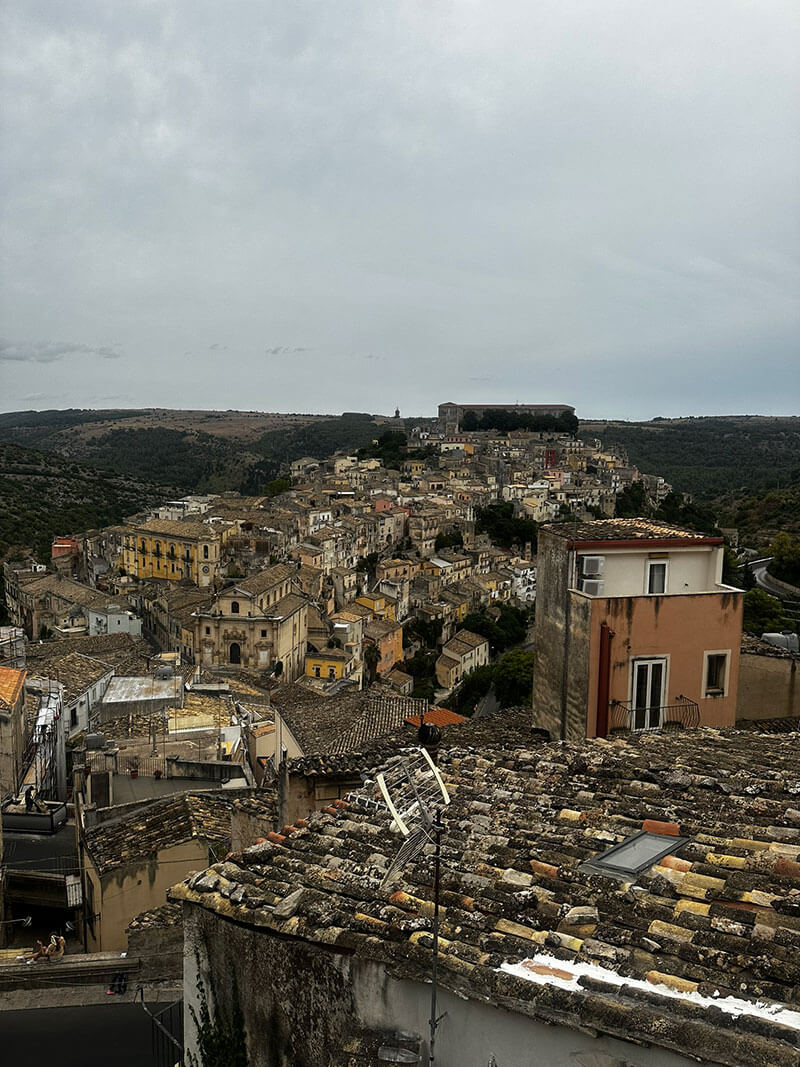
Head back down to Modica Basso and choose from a variety of take away pizza or panino restaurants for a quick bite to eat. Mordimi – Panineria is a good shout for quintessential, messy, Italian street food. But don’t forget to save room since the next stop focuses on what the city’s famous for – chocolate! The Chocolate Museum of Modica provides a modest history of chocolate in Modica for a 3 euro entry price, explaining how they went about making chocolate in the city and gained inspiration from the Aztecs. Next door, the Antica Dolceria Bonajuto is the oldest chocolate factory in 1880. Tours are available on reservation, and the shop holds a wide variety of chocolate flavors that are great souvenirs to take home (I grabbed a few here as Christmas presents for my family back in the US).
On to Hemingway, a wine bar, for an aperitivo before heading over to the Teatro Garibaldi, a 20th century addition to the city that still holds shows and performance. You can check their website here to see if anything’s playing while youre visiting.
For dinner, consider Ornato Ristorante for seafood dishes and an extensive wine list or I Lupini for pasta and more seafood dishes – when in Sicily!
